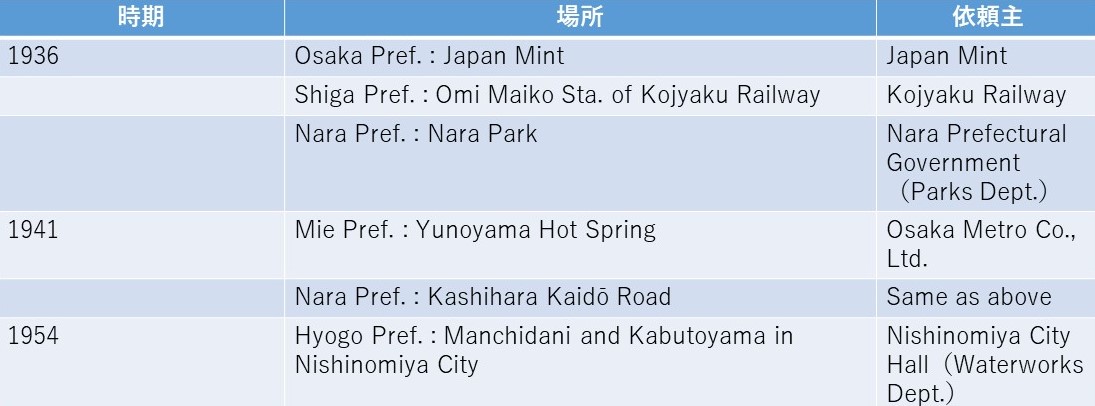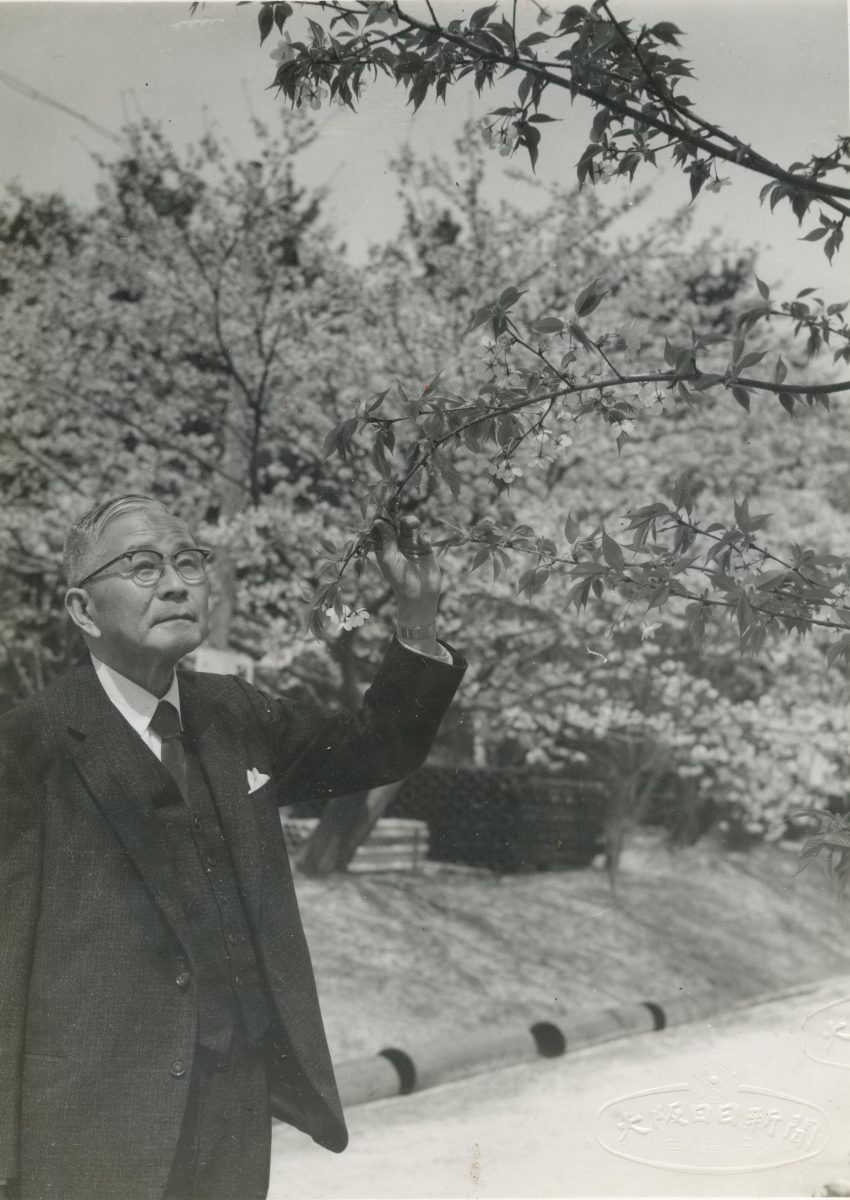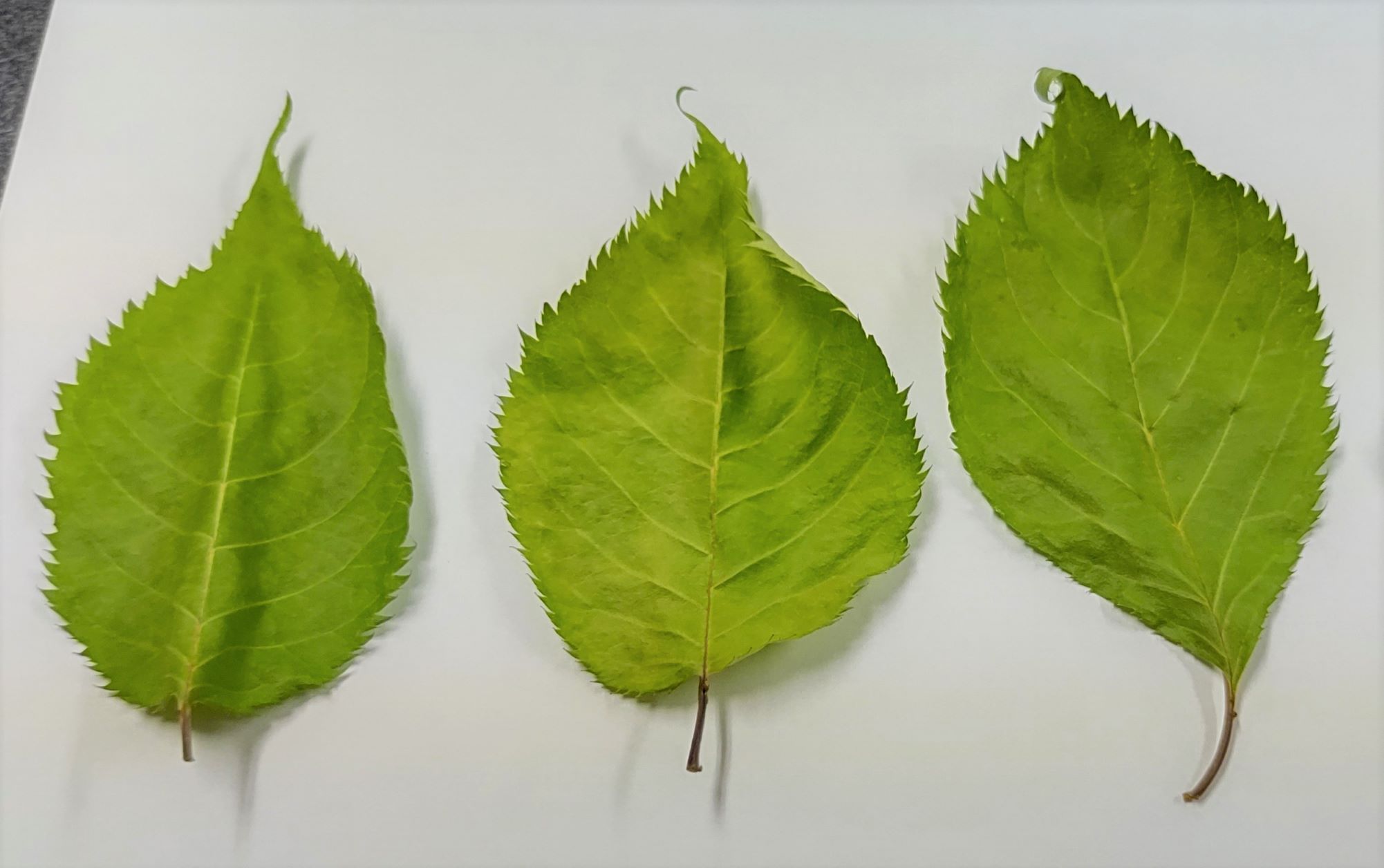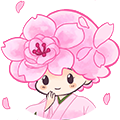Last article was the first article of the three-part series of ‘The Life of Sasabe Shintaro’. In the article, we have introduced Sasabe’s early years, the time he decided to dedicate his life to cherry blossom trees. This second article will cover his life from the opening of ‘Ekiraku Sansou’, his experimental forest which was the focus of his study on cherry blossom trees in Takedao, Takarazuka City, Hyogo Pref., until the time he published an autobiography titled ‘Sakura Otoko Gyōjō (The Life of the Man of Cherry Blossom Trees)’ at his age around 71. Sasabe had some primary goals on his activity at the Ekiraku Sansou.
松尾英世氏撮影)-952x1200.jpg)
One of his goals at the Ekiraku Sansou was to preserve as many varieties of the cherry blossom seeds as possible. When he started studying about cherry blossom trees, he did research on the trees in all areas of Japan, and regretted to find that majority of the trees were the variety called Somei-yoshino cherry. It made him decided to plant and grow the varieties of Japan’s ancient and wild cherry blossom trees to preserve those, not the newly bred Somei-yoshino.
In order to plant and grow the trees, he had to learn the method. He studied how to grow the trees from the seeds and to graft the trees, in addition to learning about agrichemical for cherry blossom trees. Moreover, he conducted research on soils and fertilizers which could affect the growth of the cherry blossom trees. At the Ekiraku Sansou, he didn’t merely plant the cherry blossom trees, rather he conducted a comprehensive study on the trees at the Ekiraku Sansou. Gradually, people who encountered Sasabe’s love and enthusiasm on cherry blossom trees began relying on his knowledge and experience, and asked him for help on planting cherry blossom trees.

There are many other projects Sasabe involved in other than the ones listed on the chart above. Except for the trees planted in Japan Mint in Osaka and in Nishinomiya, which can be enjoyed to this day, some of the trees he had planted no longer exist, or not known if those were replanted or cut down. During WWⅡ, it was difficult to find a suitable place to plant the trees and to preserve those by checking the condition and provide materials such as agrichemical, in order to make the place well- known for cherry blossom trees.
After the war, upon request from Nishinomiya City Office, Sasabe participated in a project of planting cherry blossom trees in Manchidani and Kabutoyama in Nishinomiya. There is an article written by Sasabe on a city paper of Nishinomiya which was published during the time. In the article Sasabe complimented the city’s effort on cherry blossom trees. As a result of Sasabe’s involvement and the continuous effort of the city, Manchidani and Kabutoyama are well-known for cherry blossom trees to this day.

In the next article, we will cover one of the biggest projects Sasabe involved in his late years – the replanting of Shōgawa-zakura cherry blossom trees in Gifu Prefecture, and the erection of “Shō-ou no Hi” monument in which Sasabe expressed his gratitude for cherry blossom trees for developing Japanese culture. Please look forward to it!



-scaled.jpg)




Whenever I smell the scent of cherry blossoms, I feel spring!